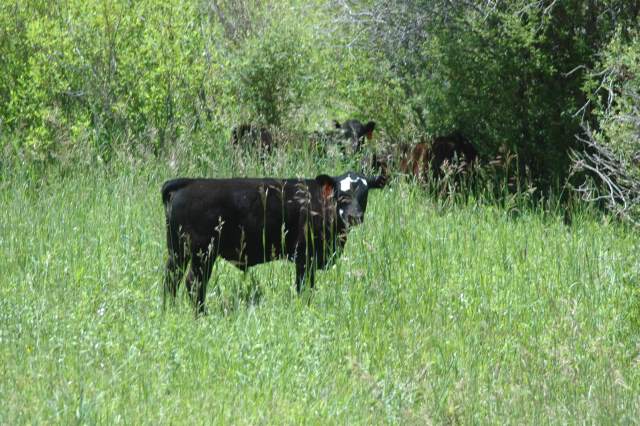USDA pegs July 1 cattle inventory 2% higher
While USDA’s July 1 midyear Cattle Report didn’t yield many surprises, it did confirm what lots of anecdotal evidence and a long stretch of Cattle on Feed Reports have indicated—heifer retention has caught a strong tailwind and cattle producers are growing their herds as fast as Mother Nature will allow.

While USDA’s July 1 midyear Cattle Report didn’t yield many surprises, it did confirm what lots of anecdotal evidence and a long stretch of Cattle on Feed Reports have indicated—heifer retention has caught a strong tailwind and cattle producers are growing their herds as fast as Mother Nature will allow.
According to USDA’s National Agricultural Statistics Service (NASS), beef replacement heifers, at 4.90 million, are up 7% from last year’s midyear report. All cattle and calves in the U.S. as of July 1, 2015, totaled 98.4 million head, 2% above the 96.3 million on July 1, 2014. The last time all cattle and calves inventory for July 1 increased was 2006. All cows and heifers that have calved, at 39.8 million, were up 2% from July 1, 2014.
Here’s a quick look at other major estimates in the report:
·Beef cows, at 30.5 million, were up 3% from July 1, 2014.
·Milk cows, at 9.30 million, were up 1% from July 1, 2014.
·Other heifers, 6.80 million, down 1%.
·Steers weighing 500 pounds and over, 14.1 million, up 3%.
·Bulls weighing 500 pounds and over, 1.90 million, unchanged.
·Calves under 500 pounds, 26.7 million, up 2%.
The 2015 calf crop is expected to be 34.3 million, up 1% from 2014. Calves born during the first half of the year are estimated at 24.8 million, up 1% from the previous year.
Cattle and calves on feed for the slaughter market in the U.S. for all feedlots totaled 12.1 million head on July 1, 2015. The inventory was up 2% from the July 1, 2014 total of 11.9 million head. Cattle on feed in feedlots with capacity of 1,000 or more head accounted for 85% of the total cattle on feed on July 1, 2015, up slightly from the previous year.
You might also like:
8 biggest roadblocks to ranch profitability
Five foundational ideas for a successful ranch
Why baleage has an advantage over dry hay
10 signs you grew up on a farm
Tips for minimizing heat stress in cattle
How to prevent foot rot In cattle
About the Author(s)
You May Also Like


.png?width=300&auto=webp&quality=80&disable=upscale)
